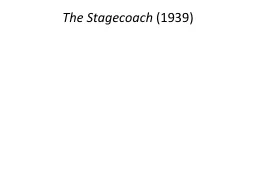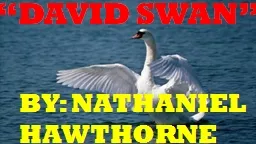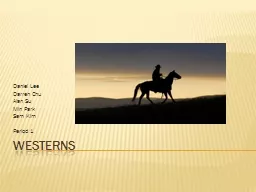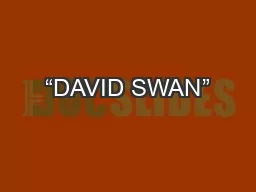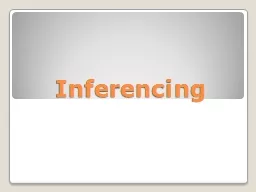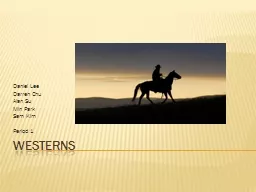PPT-The Stagecoach
Author : tawny-fly | Published Date : 2017-06-19
1939 The Western John Ford The Stagecoach 1939 Definition Films set primarily in the later half of the 19th century in the American Old West Often revolve around
Presentation Embed Code
Download Presentation
Download Presentation The PPT/PDF document "The Stagecoach" is the property of its rightful owner. Permission is granted to download and print the materials on this website for personal, non-commercial use only, and to display it on your personal computer provided you do not modify the materials and that you retain all copyright notices contained in the materials. By downloading content from our website, you accept the terms of this agreement.
The Stagecoach: Transcript
Download Rules Of Document
"The Stagecoach"The content belongs to its owner. You may download and print it for personal use, without modification, and keep all copyright notices. By downloading, you agree to these terms.
Related Documents

